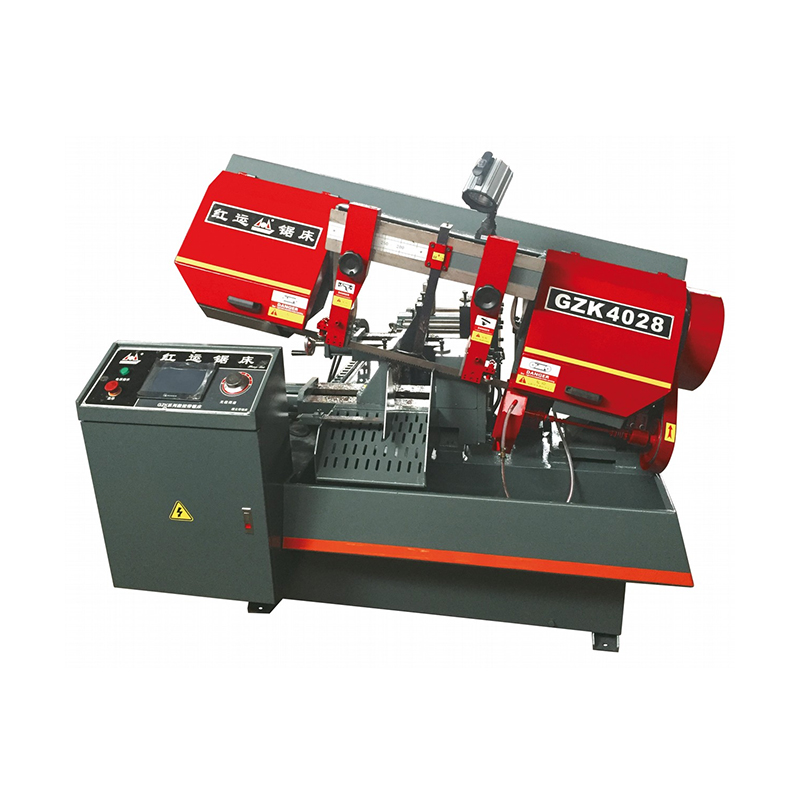CNC Sawing Machine Buying Considerations: Matching Specifications with Production Needs
Selecting a CNC Sawing Machine is a significant decision for any workshop or fabrication facility. The process involves more than comparing specifications; it requires a careful alignment of the machine's capabilities with the specific and often unique demands of your production workflow. A mismatch can lead to underutilization, unmet production goals, or unnecessary capital expenditure.

Understanding Your Production Profile
Before examining machine specifications, a clear assessment of your production profile is essential. This foundational step involves answering several key questions. What types of materials are processed most frequently? Consider the range, from non-ferrous metals like aluminum to various grades of steel. What are the typical cross-sectional dimensions and lengths of the raw material you use? Furthermore, analyze your output requirements: what is the daily or weekly volume of cut parts, and how many shifts does the saw need to support? Finally, consider the workforce. What is the skill level of the operators, and is the primary goal to augment their capabilities or to move towards a more automated process with less manual intervention? Documenting these parameters creates a clear framework for evaluating potential equipment.
Cutting Capacity: Aligning with Material Realities
The cutting capacity of a CNC Sawing Machine, often defined by the maximum diameter of a round bar or the width of a rectangular tube it can process, is a primary consideration. It is advisable to choose a machine that handles your largest standard workpieces without being excessively oversized for the majority of your tasks. An oversized machine may involve a higher initial investment and operating costs without providing a corresponding benefit for everyday jobs. Alongside physical size, the material type is crucial. Cutting high-tensile steel demands a machine with robust construction and power, while slicing through softer aluminum alloys allows for different considerations on motor torque and blade speed. The key is to ensure the machine is built to handle the hardness and abrasiveness of your primary materials consistently.
Precision and Automation: Balancing Output with Quality
The required finish and dimensional accuracy of your cut parts directly influence the choice of a CNC Sawing Machine. Applications where parts move directly to welding or rough assembly may have different tolerances than those where components proceed to precision milling or grinding. Inquire about the typical tolerances a machine can maintain under production conditions. This need for consistency also intersects with automation. A basic machine requires an operator for each cycle, which can determine the total output per shift. Integrating features like automatic material indexing, bundle feeding, or even robotic arms for loading and unloading can transform the production flow. The decision on automation level should be driven by an analysis of labor costs, desired output volumes, and the strategic goal of achieving continuous operation during unattended hours.
Operational and Support Factors
The technical specifications of the CNC Sawing Machine are only one part of the equation. The human interface—the control system—should be clear and manageable for the operators who will use it daily. A complex system can lead to programming errors and extended training periods. Additionally, consider the long-term support. Understanding the availability of technical assistance, training resources, and a reliable supply of wear parts like blades and guides contributes to the machine's long-term productivity. A well-supported machine maintains its performance over many years, protecting your investment and supporting the steady flow of your production operations.
Choosing a CNC Sawing Machine is a process of finding a capable partner for your production line. By thoroughly understanding your own needs and carefully matching them to the machine's capacity, precision, and operational features, you can make a considered decision. This methodical approach helps in selecting a CNC Sawing Machine that not only performs its intended tasks but also contributes to the stability and growth of your manufacturing activities for the foreseeable future.

 English
English 中文简体
中文简体 русский
русский

